Often overlooked when it comes to visiting China if nothing else because of its huge levels of development and density of people. In actuality visiting Guangdong is not just essential if you want to understand China, but also a really rewarding experience.
Couple this in with the fact that Guangdong serves as a fabulous jumping point to the rest of China and you have a real winner. With this mind here is our Guangdong Guide.
What the Guangdong
Guangdong is one of China’s most important provinces, both in terms of culture and economy. Located in the south, it’s a province that mixes rich history with modern hustle. It’s famous for being the birthplace of Cantonese culture, so if you’ve ever tucked into a plate of dim sum or caught a Cantonese opera, you’ve got Guangdong to thank.
Historically, Guangdong has been at the forefront of foreign trade. Its proximity to Hong Kong and Macau made it a major port for international commerce long before China’s opening up in the late 20th century. In fact, Guangdong was one of the first regions to embrace market reforms, which has helped it become an economic powerhouse. Today, the capital city, Guangzhou, is a major trading hub, while Shenzhen, once a small fishing village, has morphed into a tech titan, home to industry giants like Huawei and Tencent.
But it’s not all about business. Guangdong is also home to beautiful landscapes, from the mountainous areas to the South China Sea coastline. With a population of over 120 million, it’s one of China’s most populous provinces. Whether you’re in the buzzing cities or exploring the quieter countryside, Guangdong offers a fascinating mix of old and new.
Main Cities in Guangdong
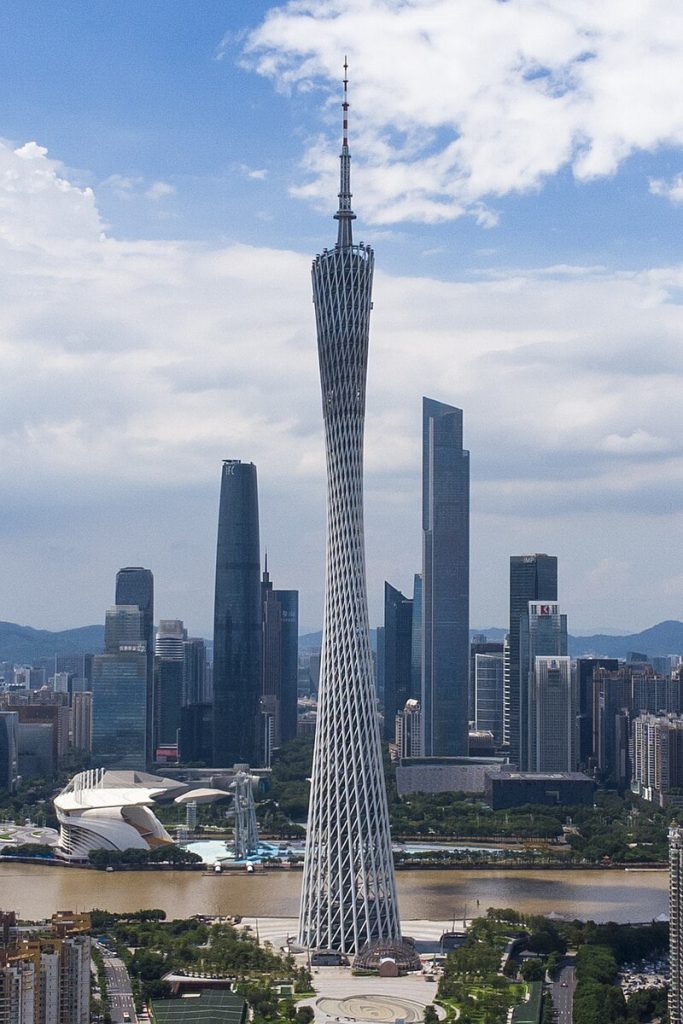
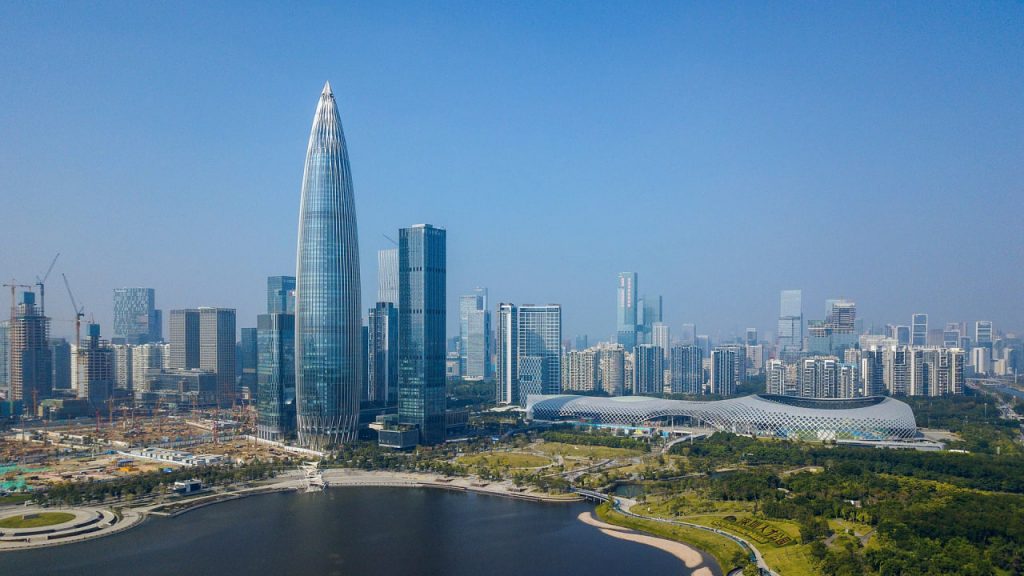
Guangdong is home to some of China’s most exciting and diverse cities, each offering its own unique slice of culture, history, and modern living. Let’s dive into the main ones, from bustling metropolises to hidden gems.
First up is Guangzhou, the provincial capital. Often called the “City of Flowers” for its lush green parks, Guangzhou is a major trading hub and a blend of old and new. A visit here is a must for foodies, especially if you’re a fan of Cantonese cuisine. From street stalls selling dim sum to high-end restaurants serving up fresh seafood, your taste buds will thank you. If you’re into history, don’t miss the Chen Clan Ancestral Hall, a beautiful piece of traditional architecture. For something more modern, head to the Canton Tower, one of the tallest structures in China, offering stunning views of the city. The Pearl River is a great place to take a boat cruise and watch the city light up at night.
Next is Shenzhen, China’s tech capital and a city that literally rose from the ground in just a few decades. Once a small fishing village, Shenzhen is now a global hub for innovation and design. Visit Window of the World, a theme park that has miniatures of famous global landmarks, or take a trip to Dafen Oil Painting Village, where you can watch artists replicate masterpieces or pick up some original art. For a more high-tech experience, the Huaqiangbei electronics market is a must-visit – think of it as a tech lover’s paradise.
Dongguan might not get the same spotlight as its neighbours, but this industrial city has a lot to offer. It’s known for its tech manufacturing, but there’s also a vibrant food scene, with some of the best Cantonese food in the province. Tangxia is a great place to visit for scenic parks and traditional villages, and if you’re looking to shop, the Dongguan International Trade Center is a popular destination for both locals and tourists. Alas the “ladies of the night” no longer frequent Dongguan.
Foshan, the birthplace of martial arts legend Bruce Lee, is known for its ancient temples and rich cultural heritage. Visit the Ancestral Temple to learn more about local history and enjoy the intricate carvings. The city is also famous for its ceramics industry, so don’t forget to stop by the Foshan Ceramic Museum to see some beautiful, traditional pottery.
Shunde, a district of Foshan, might be smaller but packs a punch with its focus on food. It’s famous for its Cantonese cuisine, particularly its fresh seafood, and it’s a great place to experience the local culinary culture. Shunde is also home to the popular Baolin Temple, a peaceful spot to explore. Unknown to many, except us at Pioneer Media this was known at least for a while as the “Hollywood” of South China.
Zhuhai, located on the border with Macau, is a coastal city known for its beautiful parks and relaxed atmosphere. The city boasts a number of islands, such as the Chimelong Ocean Kingdom, one of the largest theme parks in China, and is a perfect place for a day of family fun. For a more tranquil experience, visit the Baiteng Lake for some quiet reflection, or explore the many beautiful beaches that line the coastline. Zhuhai is also known for its excellent air quality and green spaces, offering a bit of respite from the hustle and bustle of the bigger cities.
And these are just the major cities, with there also being a number of hidden gems that are lesser known to the great unwashed!
Hidden Gems of Guangdong
If you think you’ve seen all that Guangdong has to offer, think again. There are plenty of hidden gems waiting for you, far from the busy streets of Guangzhou and Shenzhen. Let’s uncover some of these lesser-known spots that’ll give you a more authentic taste of the province.
Shanwei, a small coastal city in the eastern part of Guangdong, often flies under the radar, but it’s worth the detour. Known for its stunning coastline and peaceful atmosphere, it’s a fantastic getaway from the hustle and bustle of the big cities. Head to the lovely Silver Beach for a serene day of sun and sand. It’s a popular spot for locals but often overlooked by international tourists, making it the perfect place to relax without the crowds.
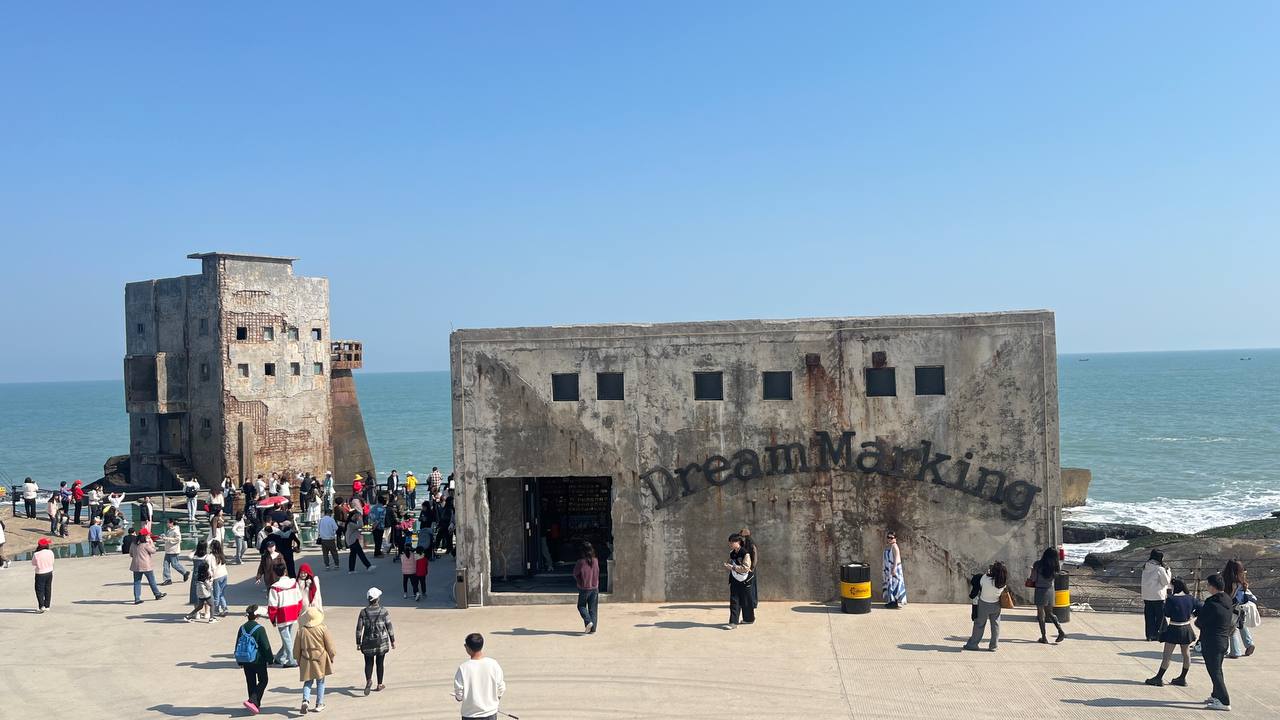
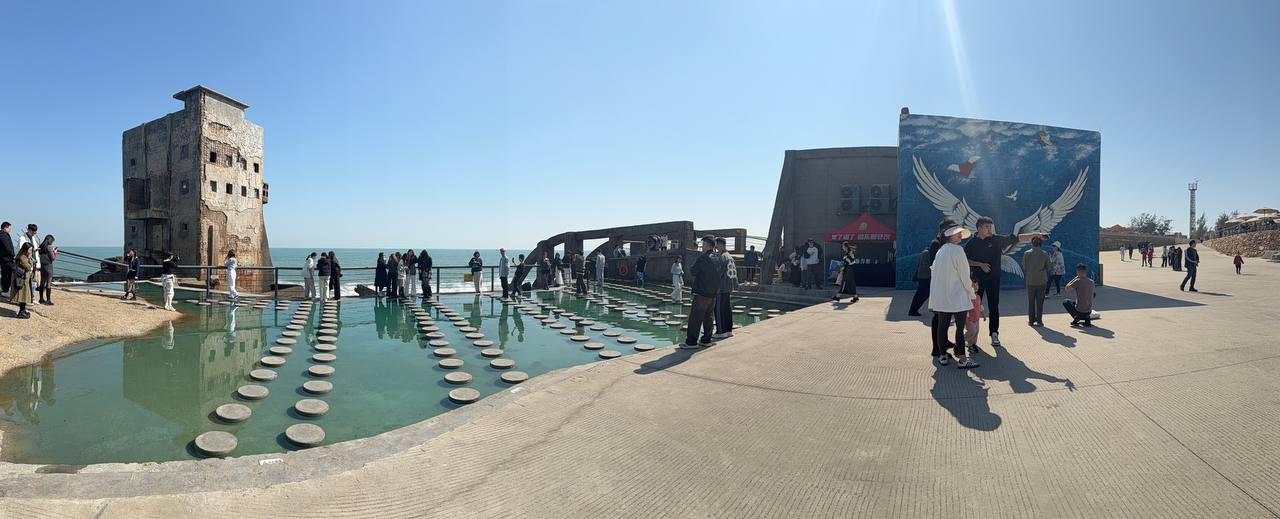
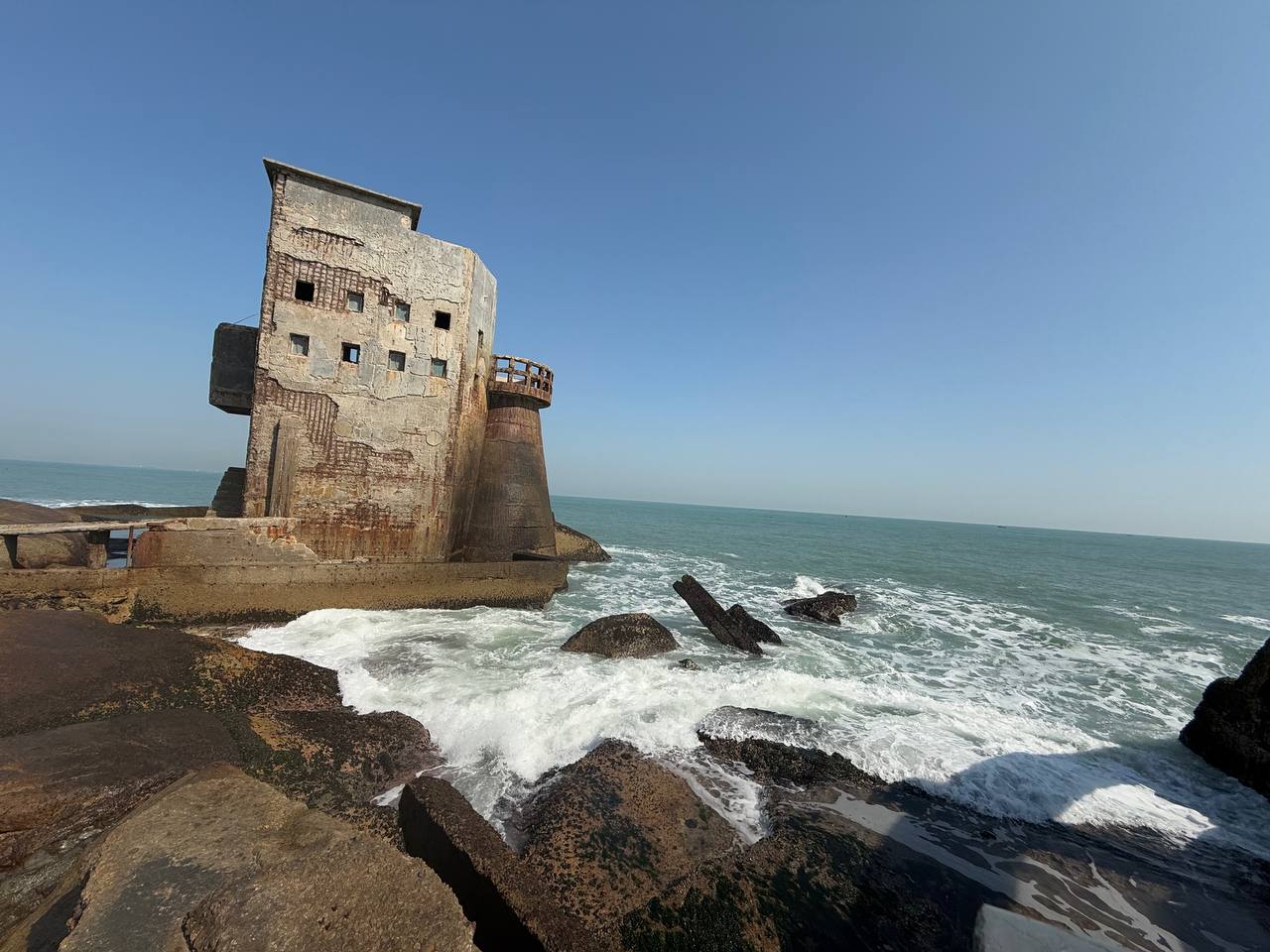
For island lovers, Guangdong is packed with islands waiting to be explored. Hailing Island, located off the coast of Yangjiang, is home to picturesque beaches, clear waters, and charming fishing villages. The island is great for water sports like kayaking, sailing, and snorkeling, as well as a bit of hiking if you’re in the mood for some nature. It’s a peaceful retreat, far from the tourist-heavy areas.
Another gem is Nan’ao Island, part of the Shenzhen Dapeng Peninsula. It’s a little more remote and offers stunning natural landscapes, including beaches, mountains, and lush forests. Perfect for hiking, camping, or just enjoying a quiet day in nature, Nan’ao is ideal for those who want to experience the natural beauty of Guangdong without venturing too far.
For those interested in history and culture, Shaoguan offers a much-needed break from urban life. Located in the north of Guangdong, it’s home to beautiful mountain landscapes, traditional villages, and ancient temples. The Danxia Mountain, a UNESCO World Heritage site, is famous for its red sandstone formations, which are as surreal as they are stunning. Shaoguan also has some of the best tea in the province, so take a stroll through one of its lush tea plantations to get a taste of the region’s culture.
Lastly, Heyuan, a quiet city located inland, boasts a fascinating history with its ancient architecture and natural beauty. The Xinfeng River offers boat tours through picturesque areas, while the Heyuan Dinosaur Museum is a great stop for any history buffs or families. It’s a lesser-known spot but holds a lot of charm for anyone willing to explore a bit further off the beaten track.

Are Hong Kong and Macao China?
Are Hong Kong and Macau part of China? This is an argument I’ve had many times, and personally, I still believe that, while things are changing, they are, for all intents and purposes, not quite China. These places have their own distinct identity, and there’s no denying the differences.
Take Hong Kong, for example. As a UK passport holder, I can visit for up to six months without a visa. But a mainland Chinese citizen? They’ll need to jump through hoops for a visa just to set foot there. That’s a pretty stark difference in how both are treated. And let’s not forget the fact that both Hong Kong and Macau have their own sports teams, currencies, and even passports that set them apart from the rest of China.
Sure, things are evolving, and Beijing’s influence is definitely growing in both regions, but it’s still hard to ignore the massive differences in the way life works in Hong Kong and Macau compared to mainland China. They are still distinctly separate, with their own systems, rules, and cultures. Whether this will change entirely in the future is another matter, but for now, these places are still very much their own entities, in my opinion.
Click to read my guide to what counts as a country.
Eating and Drinking in Guangdong
Eating and drinking in Guangdong is a real treat for food lovers, and it’s all about freshness and flavor. The province is the birthplace of Cantonese cuisine, which is renowned for its balance of flavors and focus on quality ingredients. One of the standout features of Guangdong food is the sheer variety and the way each city and region adds its own twist to dishes.
In Guangzhou, you can’t go wrong with dim sum, but it’s not all about those tiny dumplings. Guangdong’s cuisine is so much more – from roasted meats to seafood, it’s a playground for taste buds. The coastal cities, like Zhuhai and Shantou, are known for their seafood, with shrimp, crab, and fish often taking center stage, while in the countryside, you’ll find plenty of slow-cooked stews.
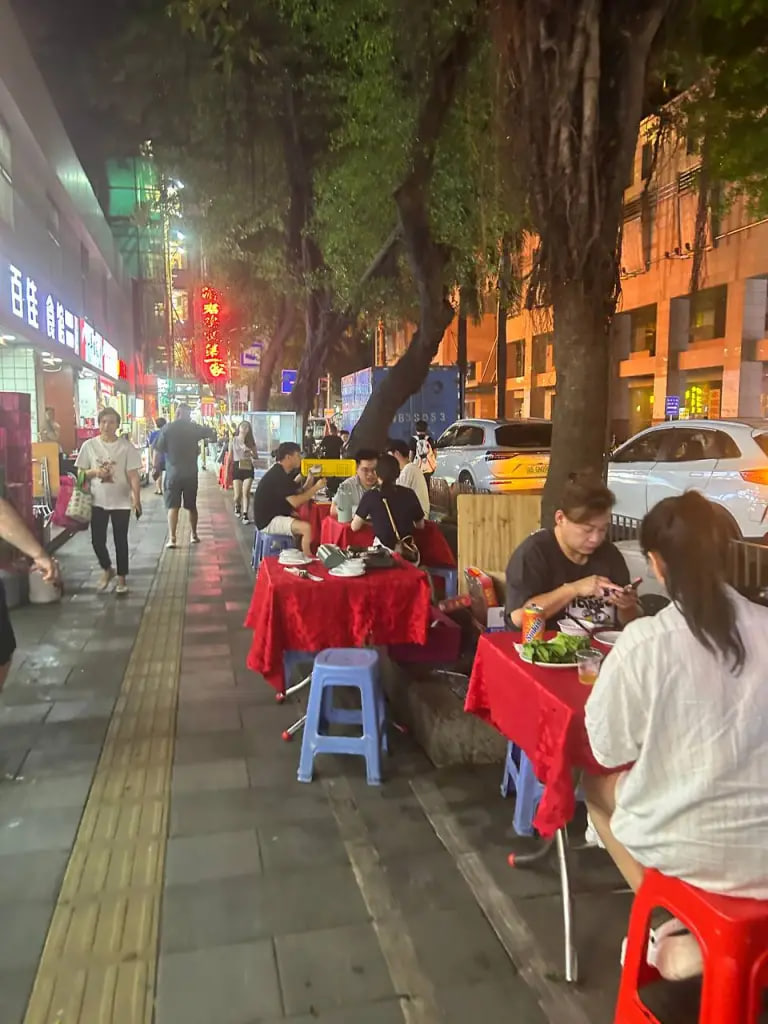



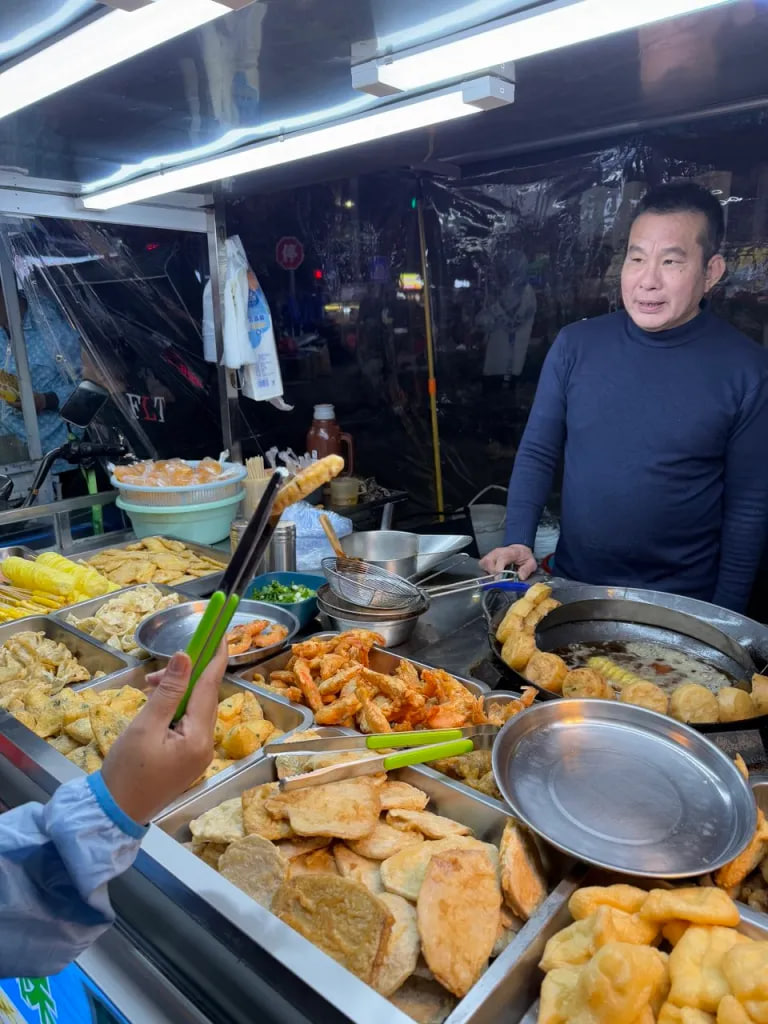
If you’re traveling around, be sure to try these five must-try foods:
- Char Siu – Cantonese barbecue pork that’s sweet, smoky, and tender.
- Dim Sum – The small, bite-sized treats you can find all over Guangzhou.
- Roast Goose – A Guangdong favorite, tender meat with crispy skin.
- Wonton Noodles – A lighter, more refreshing noodle dish with delicate wontons.
- Steamed Fish – Fresh, simple, and deliciously flavored with ginger and spring onions.
Guangdong’s food culture is all about variety, from simple street eats to the more refined dishes. And believe few Chinese provinces of any can even vaguely compete.
Getting There and Away
Getting into Guangdong is easier than you might think, with a range of transportation options depending on where you’re coming from. Whether you’re flying, taking a train, or hopping on a ferry, the province is well-connected.
By Air: Guangdong is served by multiple airports, with Guangzhou Baiyun International Airport being the largest and busiest. It handles flights from both domestic and international destinations. For more info, check their official website here. Shenzhen Bao’an International Airport is another major airport, especially for those coming from Hong Kong or Macao. With more than 50 million passengers annually, Shenzhen’s airport connects to cities across China and around the world. For more details, visit Shenzhen Bao’an International Airport. Flights from Shenzhen to major cities like Beijing, Shanghai, and Sanya on Hainan are frequent and affordable, typically ranging from ¥300 to ¥1,000.
If you’re coming from Hong Kong, Macao, or even Hainan, flying is a popular option, though there are alternative ways to get in.
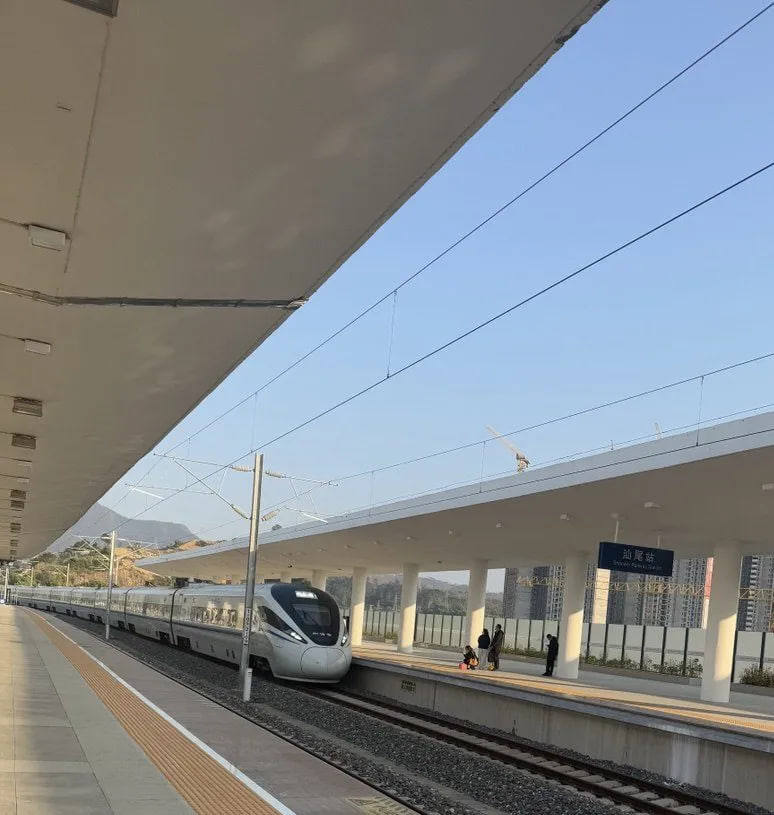
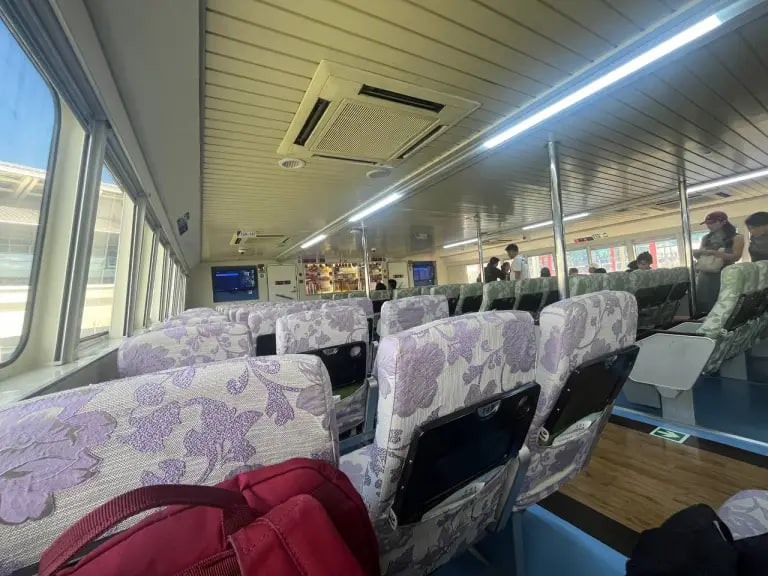

By Train and Ferry: Traveling by train is an efficient way to get around Guangdong. Guangzhou is well connected via high-speed rail to major cities like Beijing, Shanghai, and Shenzhen. Check out the China Railway website for booking tickets. The Shenzhen Metro also connects to the airport, making it easy to travel into the city. If you’re coming from Hong Kong, the MTR train from Hong Kong to Shenzhen only takes about 40 minutes, and the fare is around ¥50. For train schedules, visit the MTR website. The Shenzhen Metro also connects to the airport, making transfers smooth and easy.
**Ferries from Macao to Zhuhai (across the border) are cheap and take about an hour, with fares ranging from ¥70 to ¥150. You can find more details on ferry services at TurboJET or Cotai Water Jet. Alternatively, if you’re coming from Hainan, you can take a ferry to Zhanjiang or Guangzhou, although the journey is longer—around 3-4 hours—with fares ranging from ¥200 to ¥300. For ferry services, check Hainan Ferry.
Crossing the Border from Hong Kong and Macao: If you’re entering Guangdong from Hong Kong, you can easily cross via the Lok Ma Chau or Futian border crossings by foot. Trains and buses connect these crossings to the Shenzhen metro, making the transition seamless. The Shenzhen Metro website provides easy access to metro schedules. Expect a fare of about ¥10-¥20 for a metro trip from the border to the airport. If you’re coming from Macao, ferries to Zhuhai or Guangzhou are common, with prices ranging from ¥70 to ¥150. From there, you can easily catch a bus or train to your final destination.
And that is the overall skinny on how to get in and out of Guangdong Province, although with it being such a major hub of course there are options we have not included.
Around Guangdong
f you’re looking to keep the trip rolling after Guangdong, you’ve got serious options. First up is Yangshuo, just a few hours by train. It is touristy, sure, but there’s a reason. You can cruise down the Li River on a bamboo raft, cycle through villages where time forgot, and kick back with a beer on West Street. Not far from there, Guilin offers even more stunning landscapes, caves, and weird rock formations straight out of an old Chinese painting.
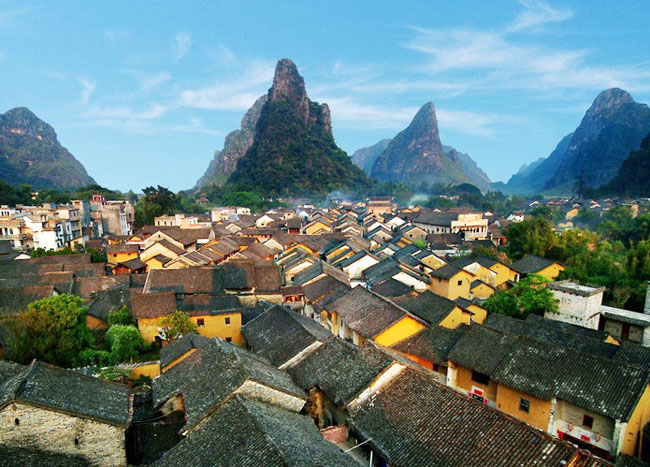
For something rougher around the edges, hit Guiyang in Guizhou Province. Cheap beer, brutal spicy food, and some of the most underrated hiking in China await. From Zhaoxing’s Dong villages to the waterfalls at Huangguoshu, it’s a slice of real China most people miss.
Need a beach break? Beihai has you covered. White sand, seafood you actually want to eat, and a vibe that feels a lot like Hainan used to before the resorts came.
And speaking of heading east, Fujian is criminally overlooked. Sure, Xiamen is the famous one with its island vibe and Gulangyu’s old European architecture, but check out Quanzhou for some real Silk Road history, or Yongding if you want to see the insane round tulou houses built for defence against bandits and invaders.
Why visit?
Guangdong isn’t the China you think you know. This isn’t misty mountains and temples, it’s chaos, street food, megacities, fishing villages and a weirdly loveable mash-up of old Canton and modern capitalism on steroids. You should visit Guangdong because it’s real. It’s where dim sum comes from, where the Chinese diaspora set sail from, and where everything from knock-off electronics to billion-dollar tech startups now thrive.
Want beaches? You’ve got ’em. Islands? Plenty. Mega cities like Shenzhen and Guangzhou? Absolutely. Want to eat snake soup or have a $1 beer on the street while someone blasts Canto-pop on a boombox? Done. You can ride a high-speed train one day, take a boat to a near-deserted island the next.
This is real in your face PRC and that is precisely why you need to visit today.
Click to check out our China Tours.





